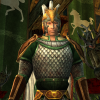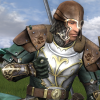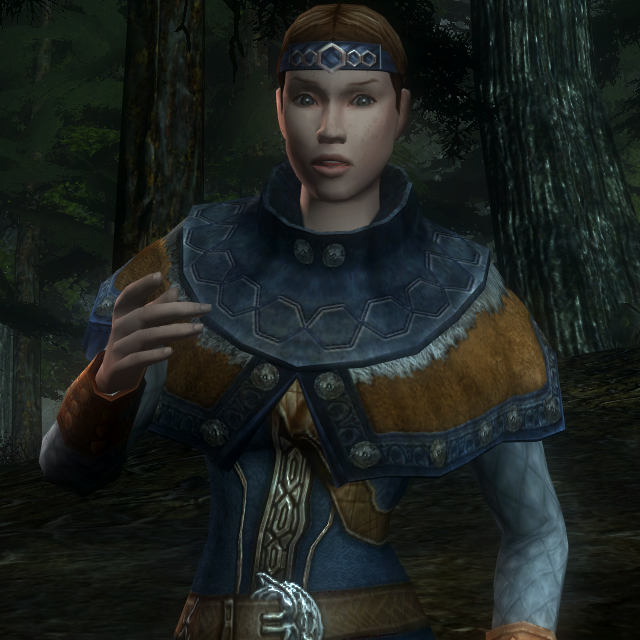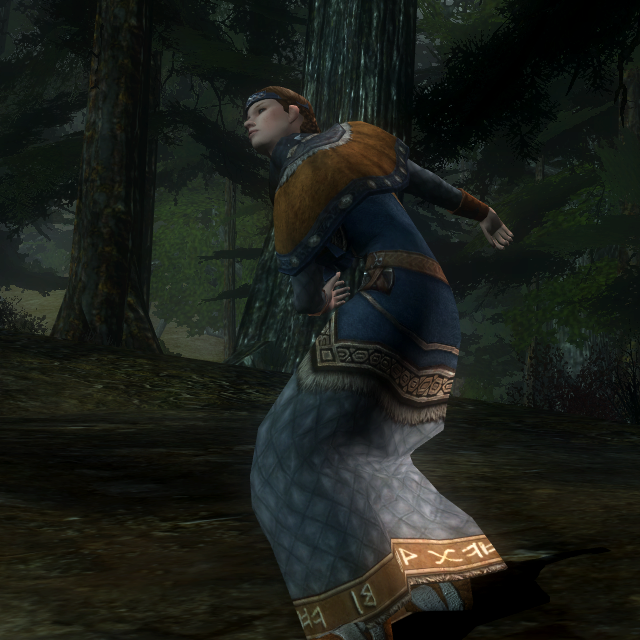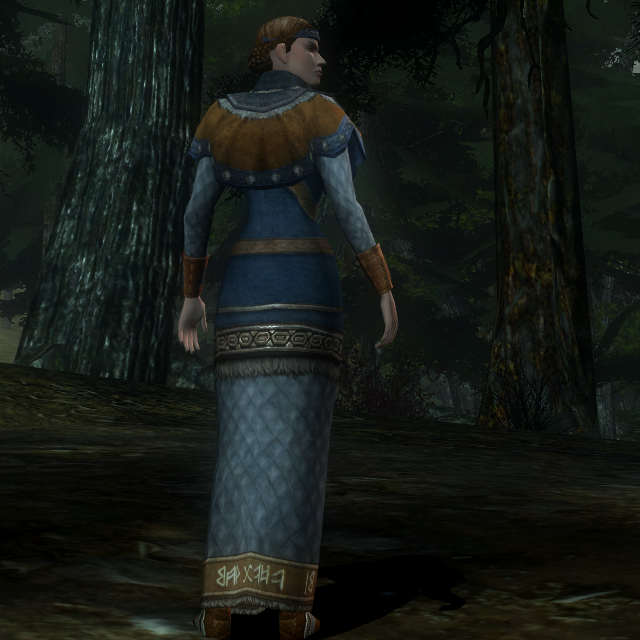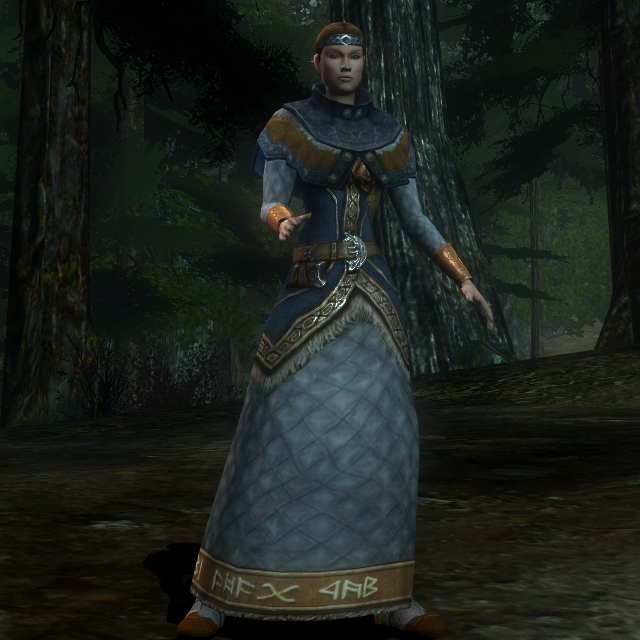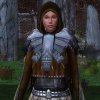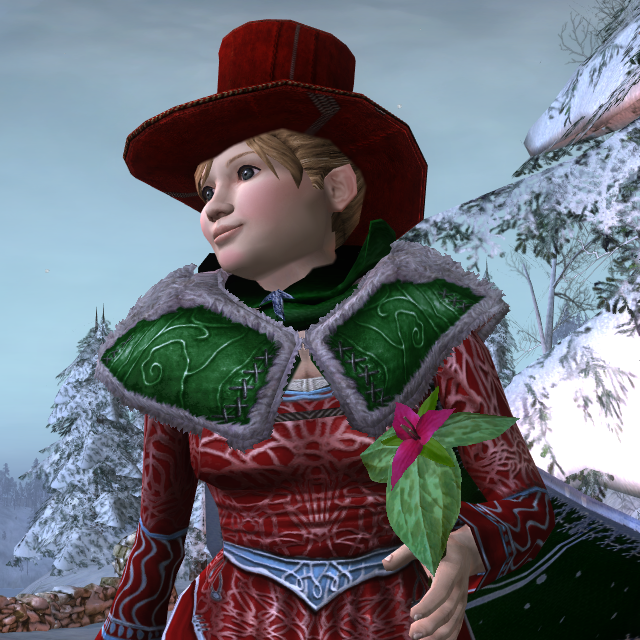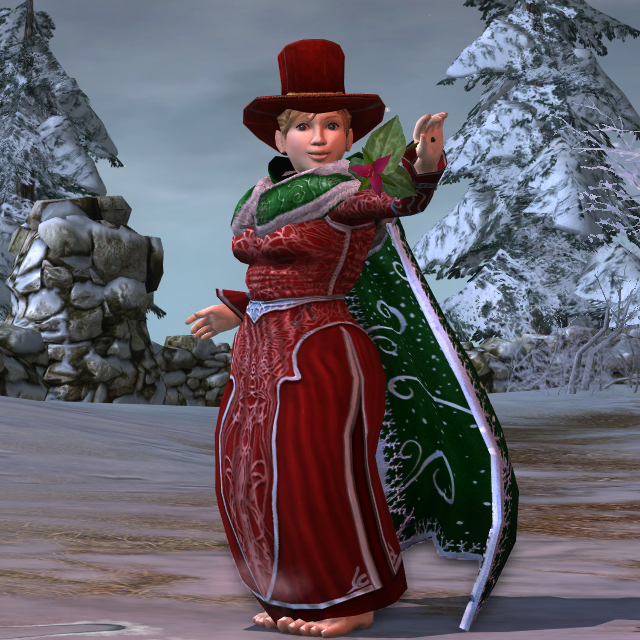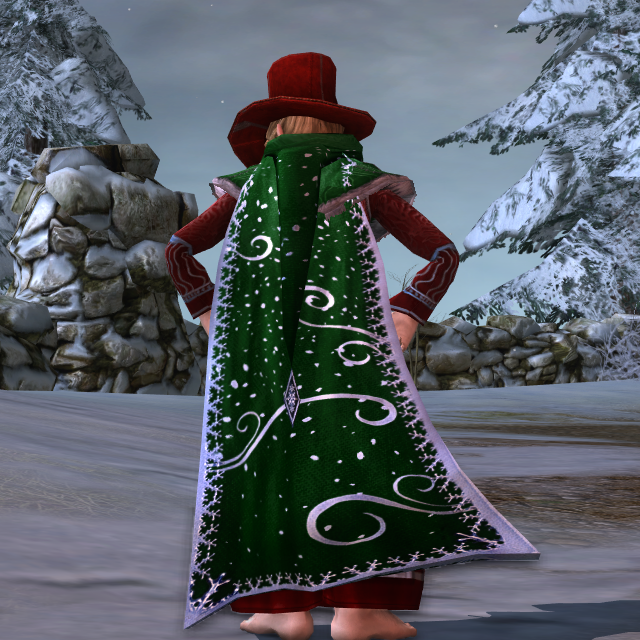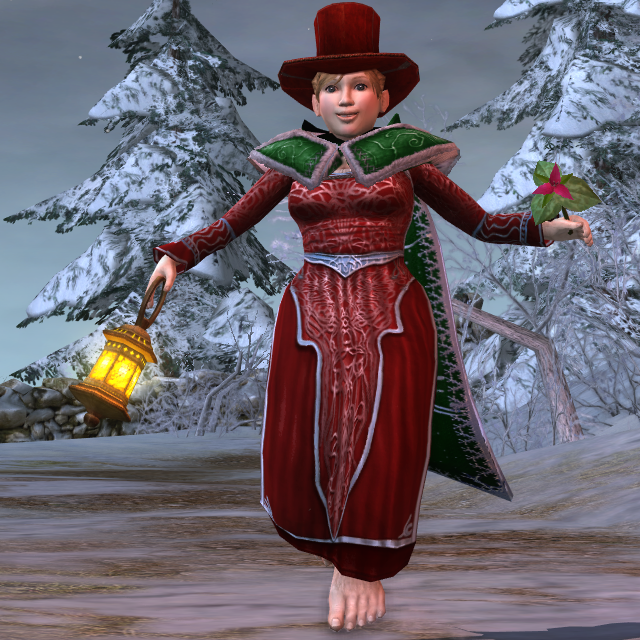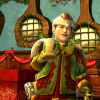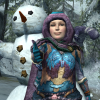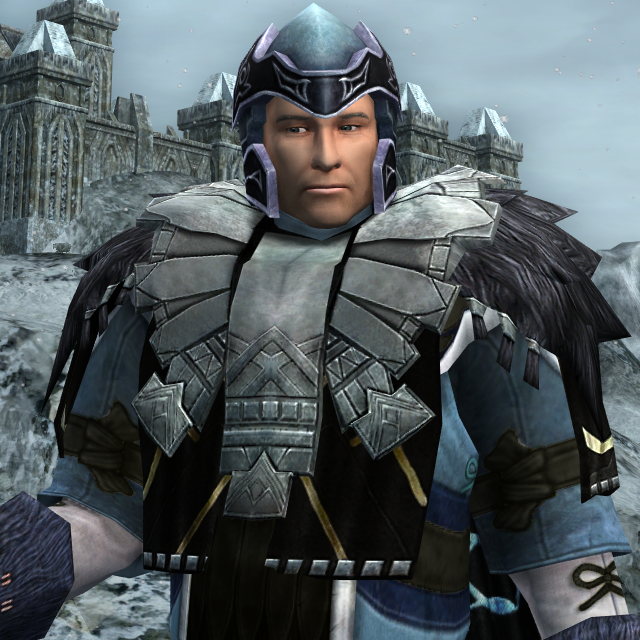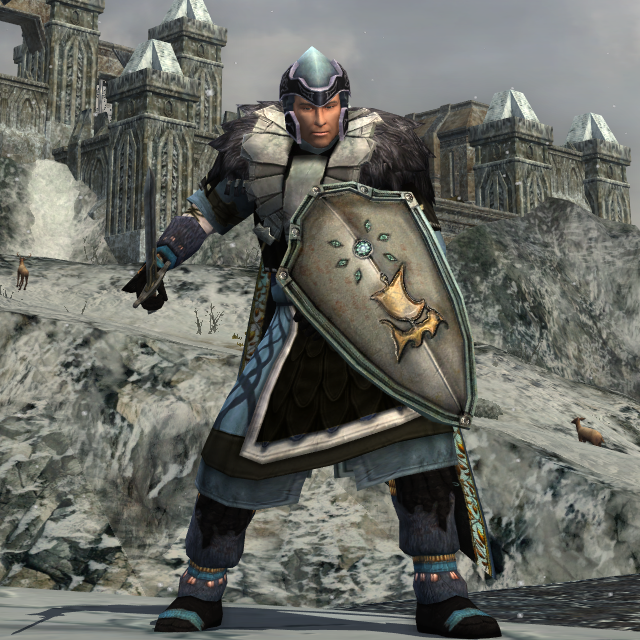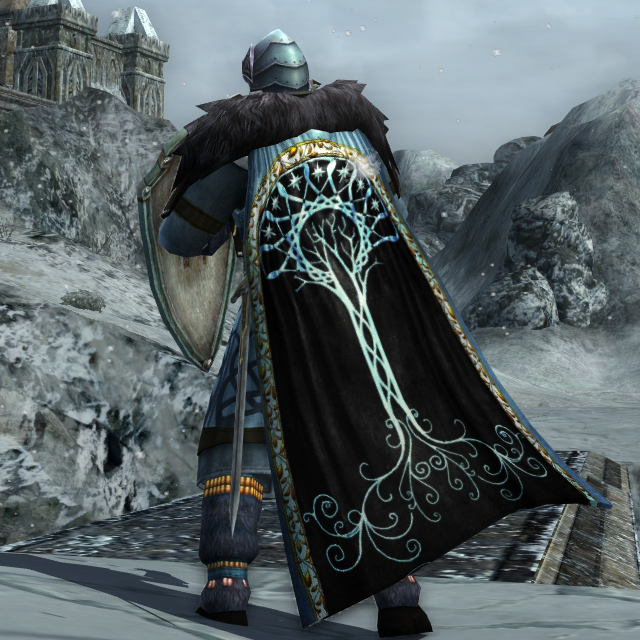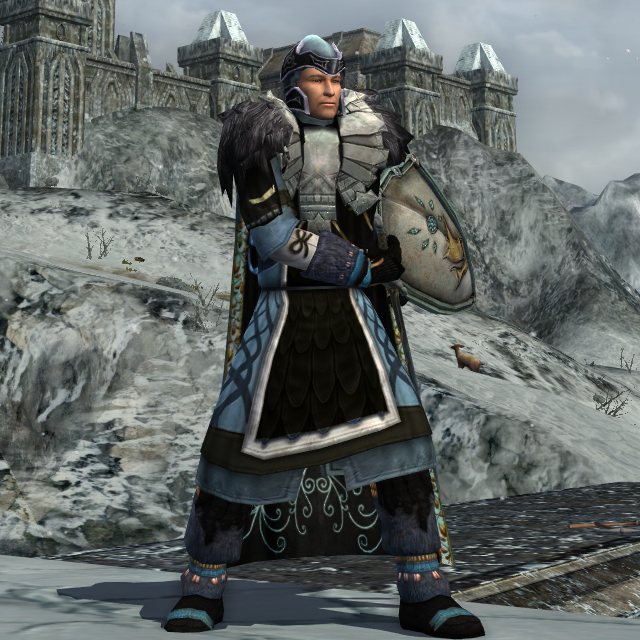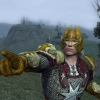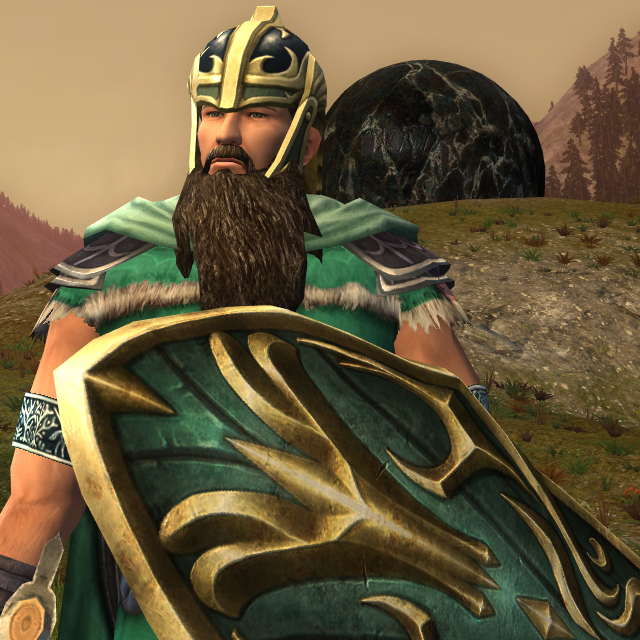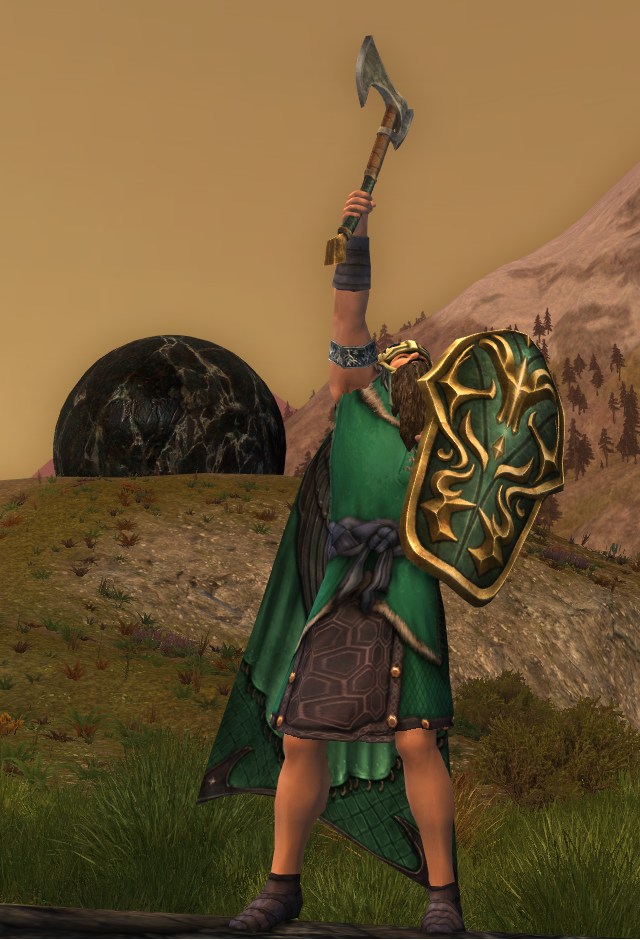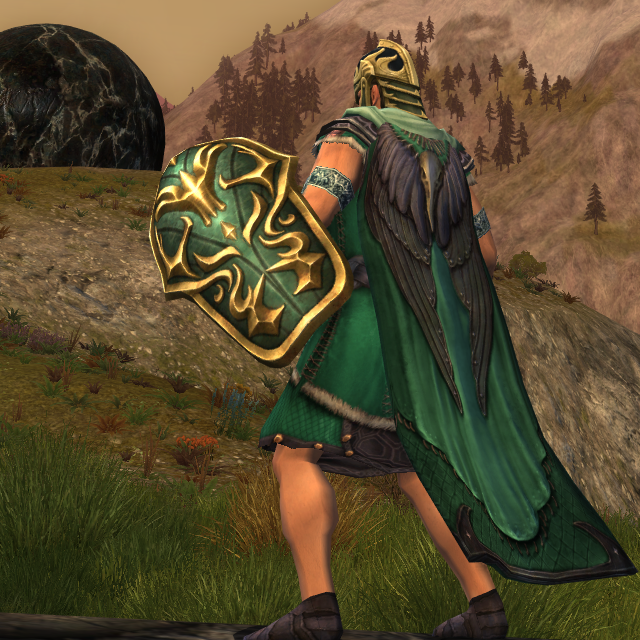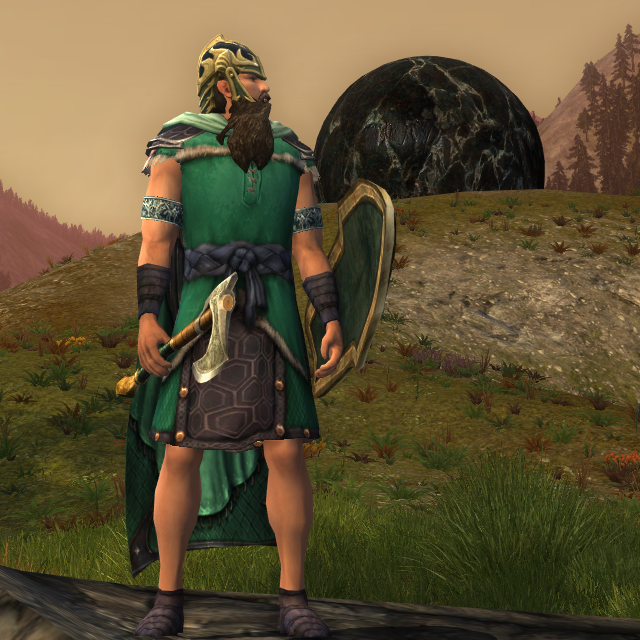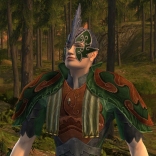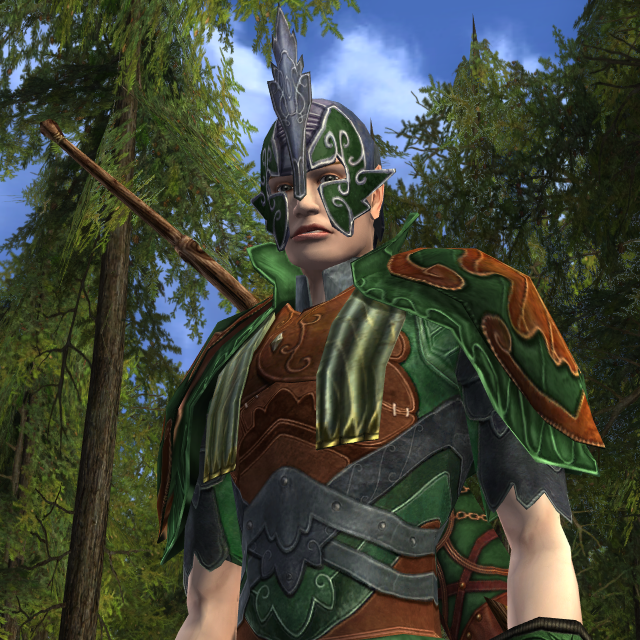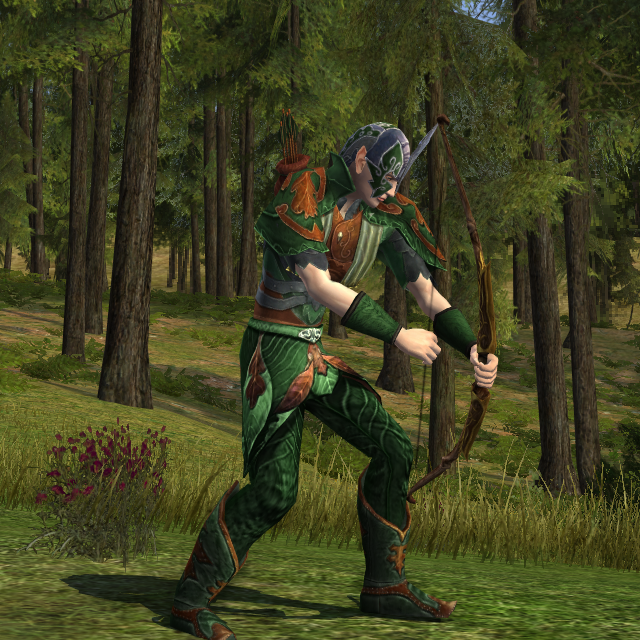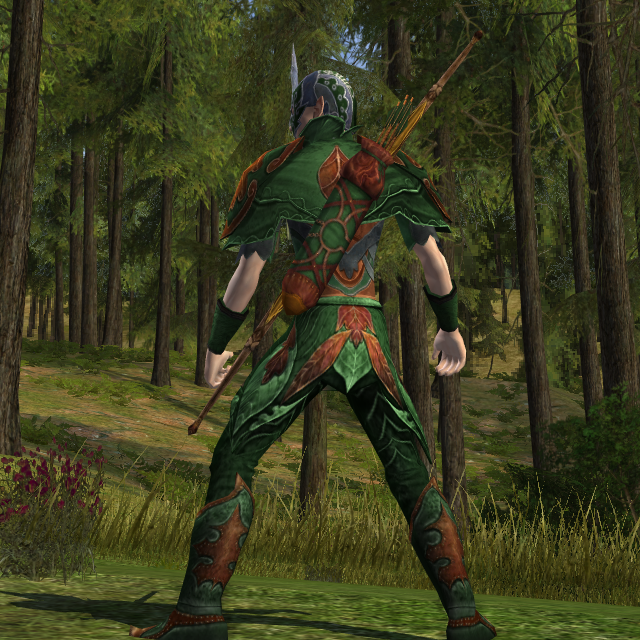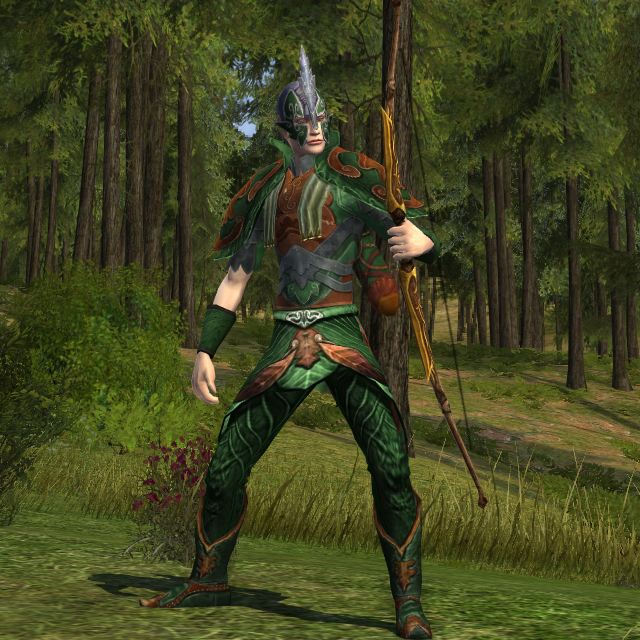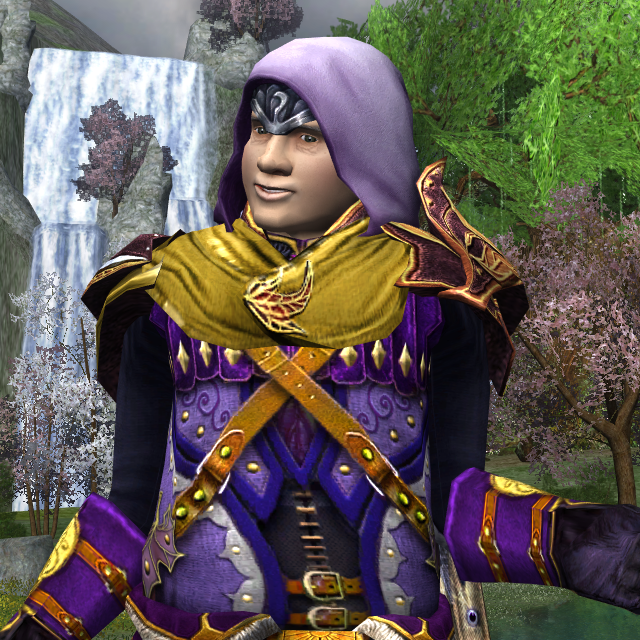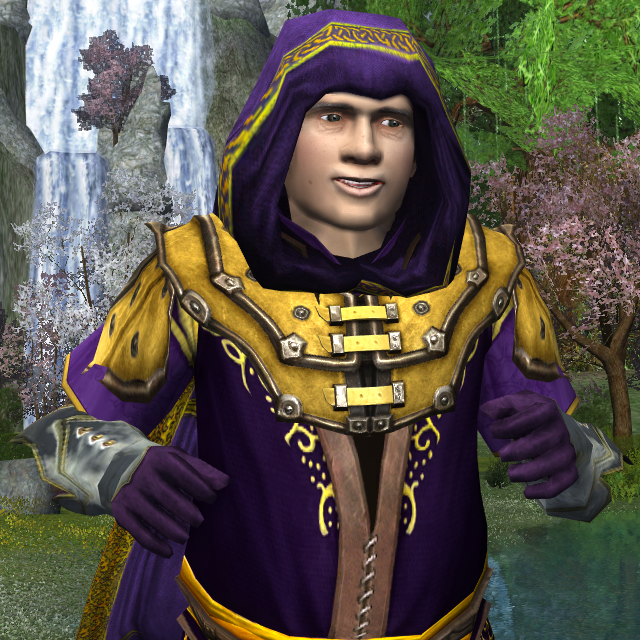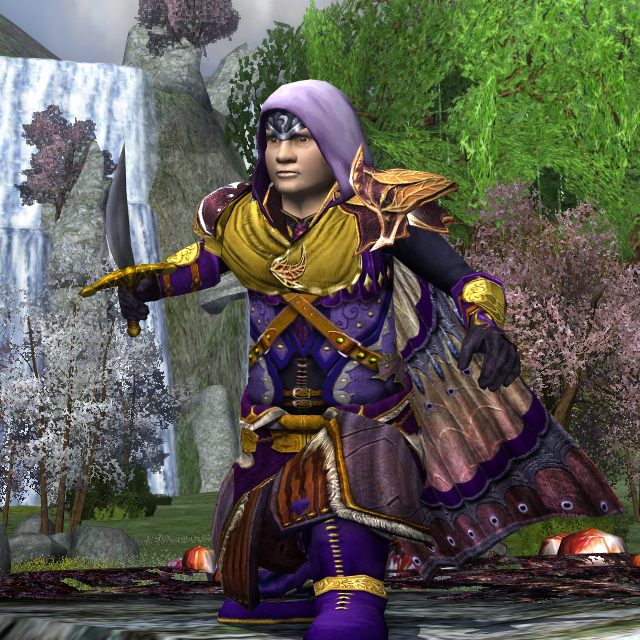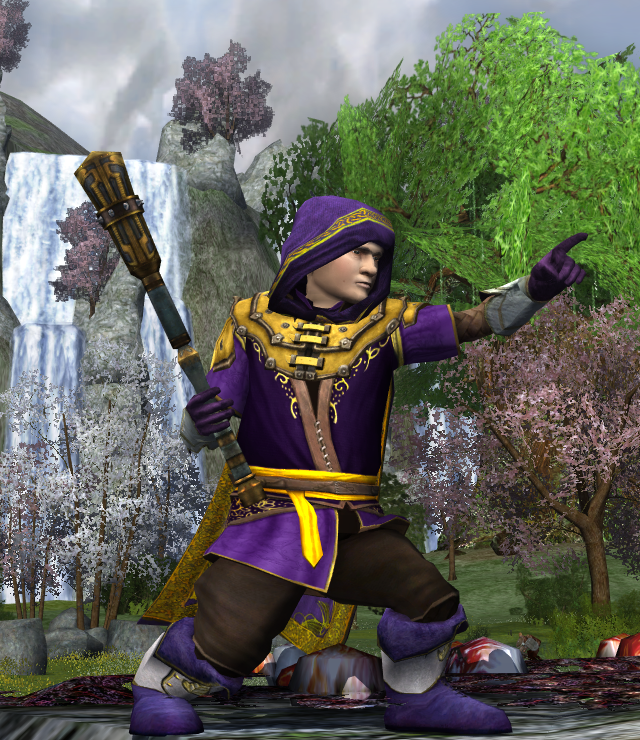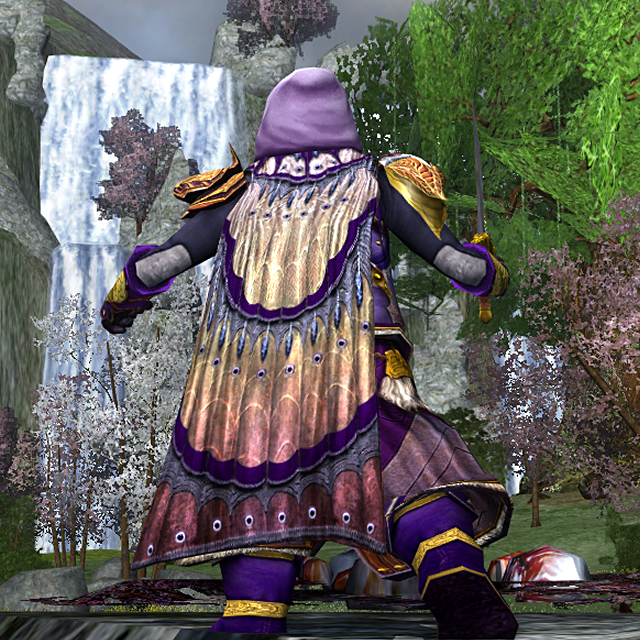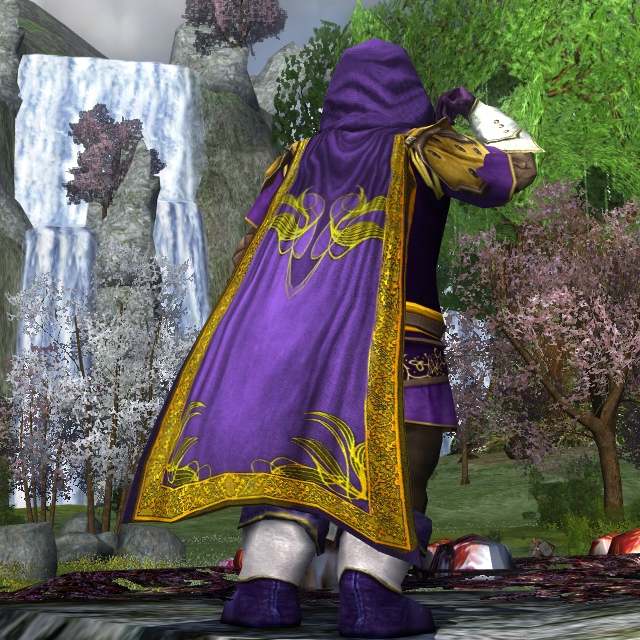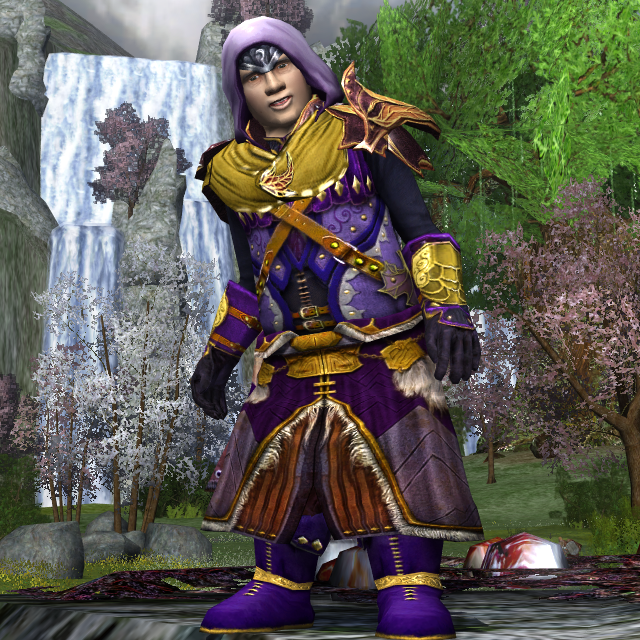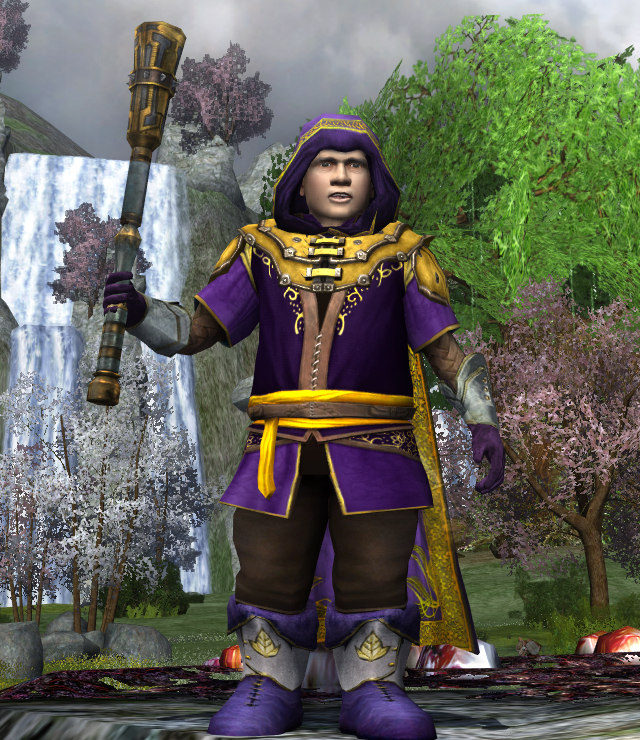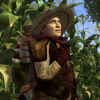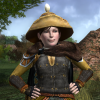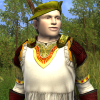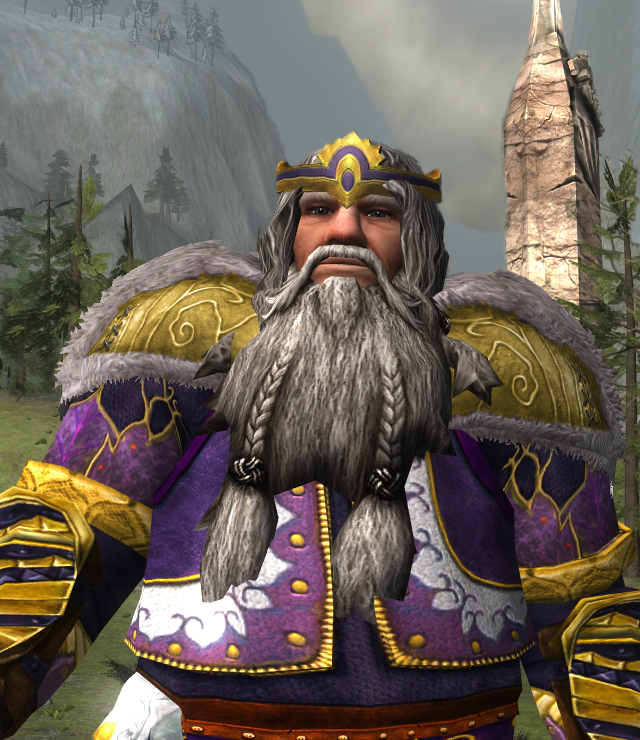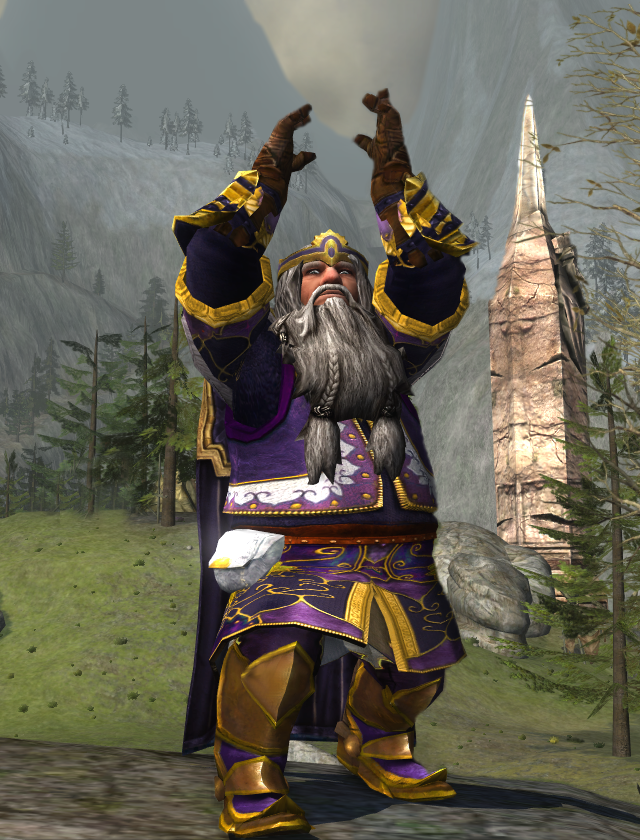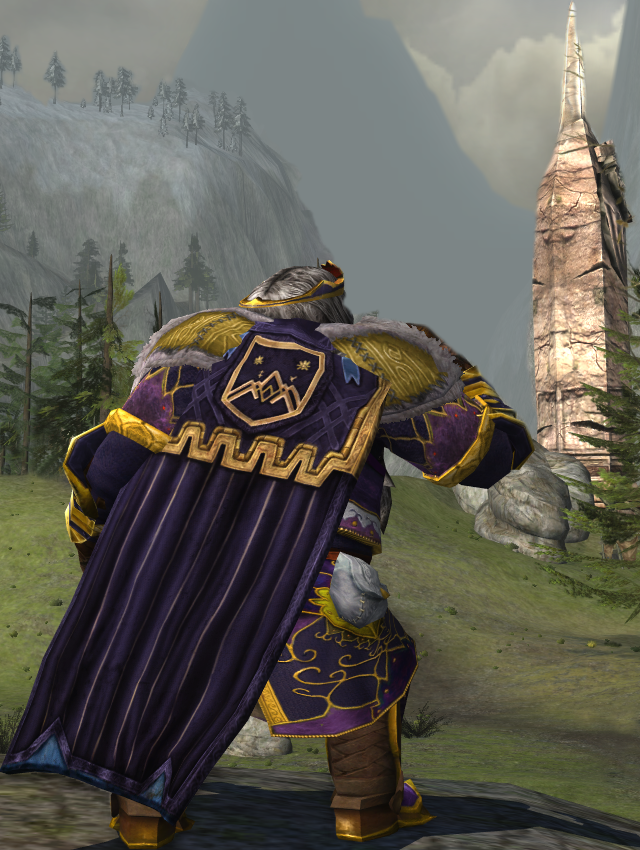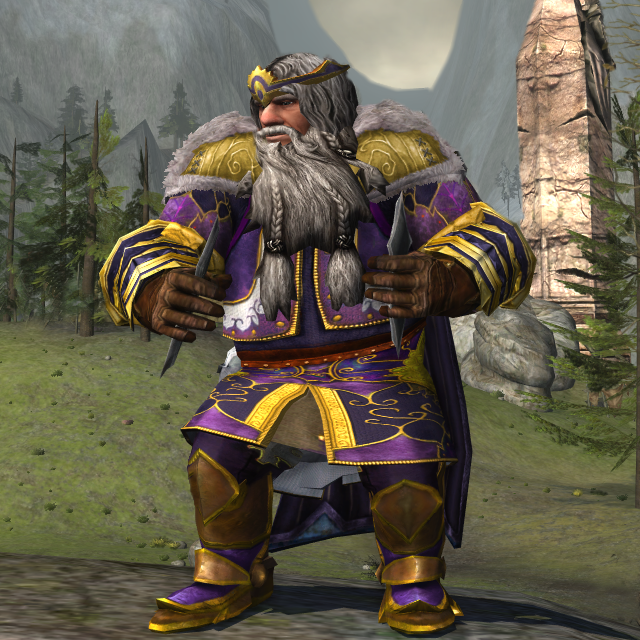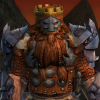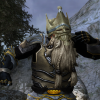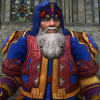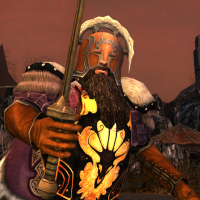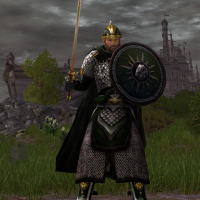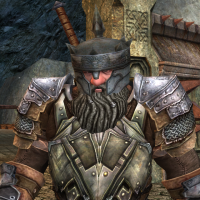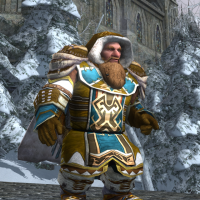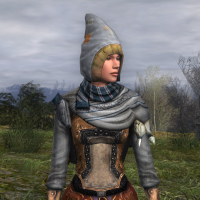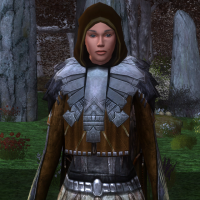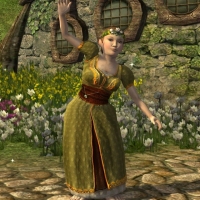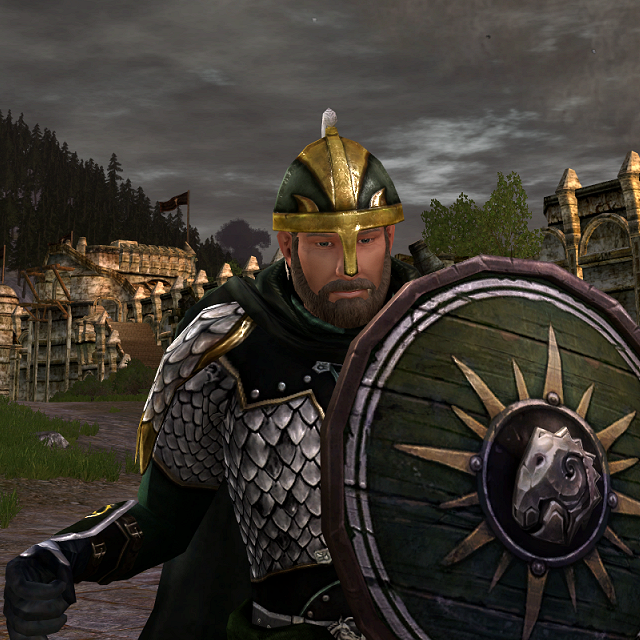
And in that very moment, away behind in some courtyard of the city, a cock crowed. Shrill and clear he crowed, recking nothing of war nor of wizardry, welcoming only the morning that in the sky far above the shadows of death was coming with the dawn.
And as if in answer there came from far away another note. Horns, horns, horns, in dark Mindolluin’s sides they dimly echoed. Great horns of the north wildly blowing. Rohan had come at last.
— The Lord of the Rings 5:IV
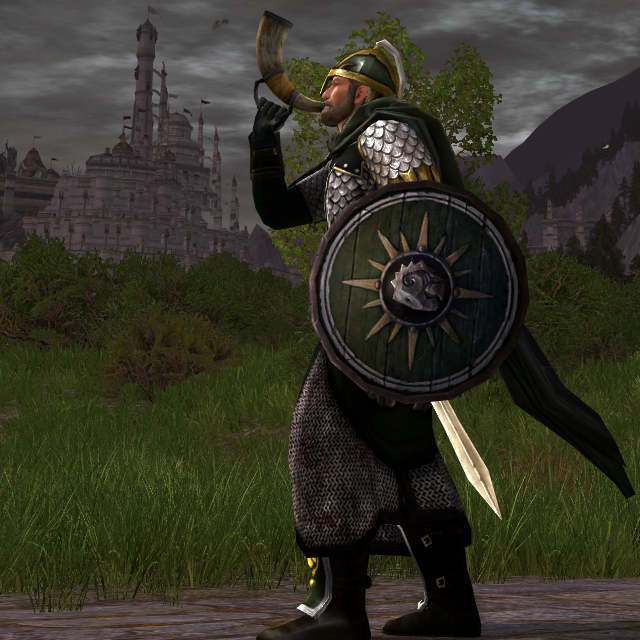
The kingdom of Rohan had ever been the ally of Gondor since the Oath of Cirion of Eorl was sworn at the site of Elendil’s tomb upon the hallowed Hill of Awe. Therefore, when Gondor faced her greatest peril, as the forces of the Enemy surrounded Minas Tirith and burned the outlying Townlands, Théoden King, lord of Rohan, mustered his forces and rode swiftly to the White City’s defense. Chief among his warriors were the knights of his own household, his thanes, the companions of his hall, great Riders of the Mark.
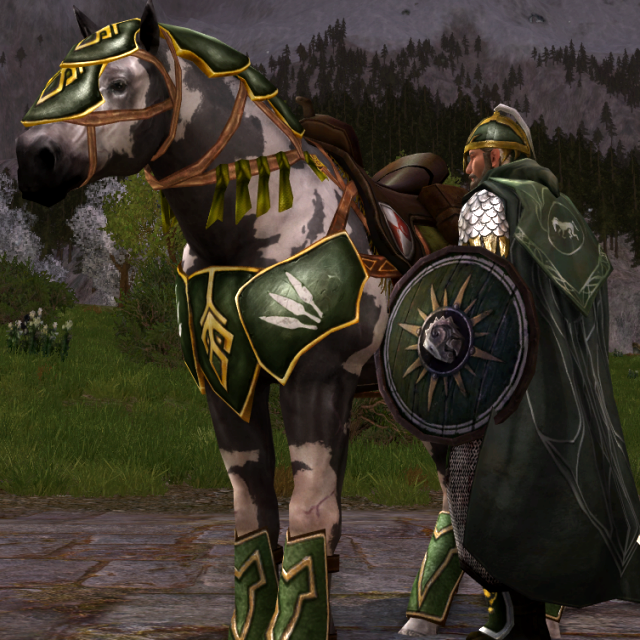
This man rides with the King’s éored. He is arrayed in shining harness of war by the generosity of his lord, Théoden. His mail of linked rings and overlapping scales is strong, and his round shield stout. The white horsetail flies from his proud helm as the Rohirrim speed to war, swords brandished. For the beacons are lit and the Red Arrow has been presented. Gondor calls for aid, and the ruin of the world is nigh!
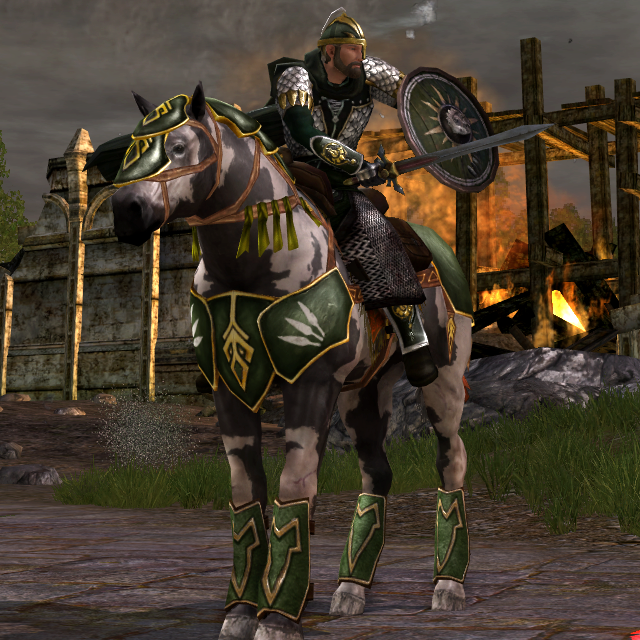
Within the shattered remnants of the encircling Rammas Echor, the Townlands of Pelennor stretch before the arriving Rohirrim, swarming with the hosts of the Enemy: wicked Morgul-orcs, wild Easterlings with cruel axes, fearsome Variags out of Khand, great Trolls wielding terrible siege weapons, and uncouth Southrons with their monstrous beasts of war, the Mûmakil. Great trenches scar the fields, roaring with flames, and the lower circles of the city are ablaze. The great gate lies in ruin. Overhead, the winged steeds of Nazgûl wheel shrieking like evil birds, causing despair in all who see them. And above even their flight, at the summit of Minas Tirith the White Tower stands, glimmering in the faint suggestion of dawn that seems poised to break through the reek of Mordor. The cry of the King goes up: “Ride now! Ride now! Ride to Gondor!”
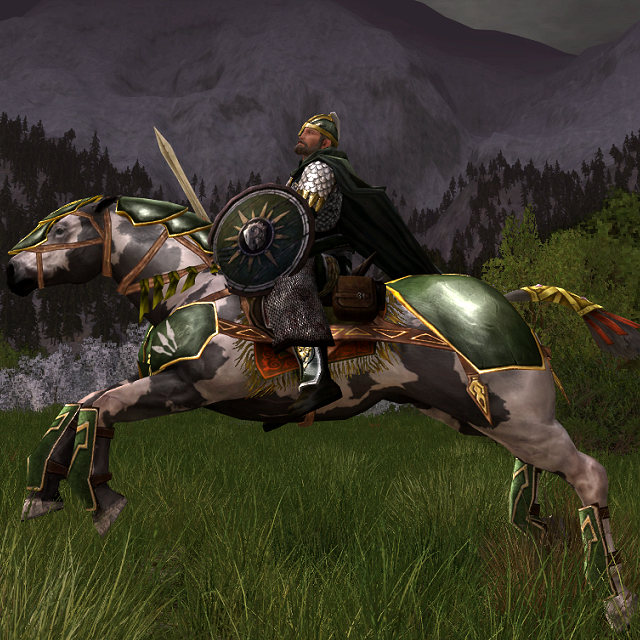
The arrival of the Rohirrim, heralded by their ringing horns, is one of the great moments of eucatastrophe in The Lord of the Rings. With Update 18 currently on Bullroarer for testing, and seeming to cover the Ride of the Rohirrim, this outfit is my interpretation of one of the men of Théoden’s own éored (company of riders). I wanted him to look as Saxon-like as possible and incorporate some of the green colour and horse-motifs so closely associated with Rohan. I chose the sword, although I’m not too keen on it (too fantasy for my taste, with its silly hilt) because of the reddish-brownish detail on the lower part of the blade, which coordinates nicely with some of the details on the horse’s caparison and its tail binding. I wish that we could dye all the elements of our war-steeds — saddles, gear, and tail decorations cannot be dyed.
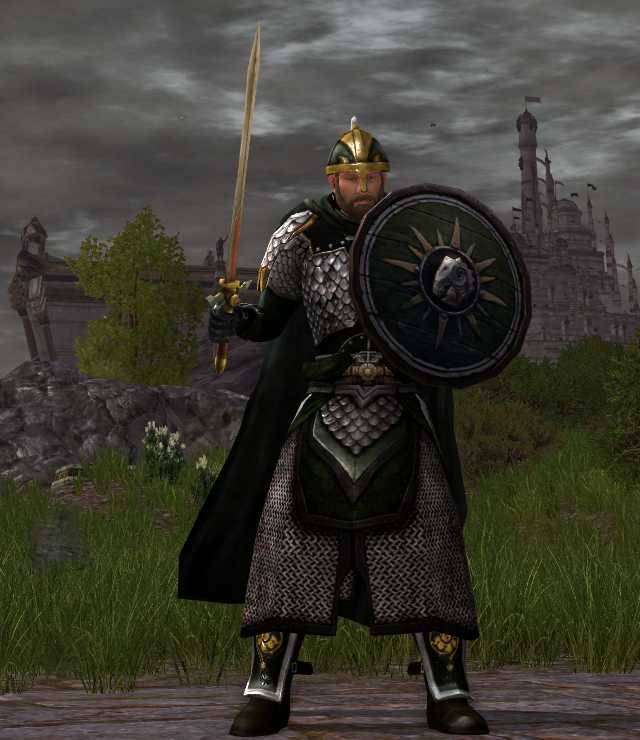
Rider
- Head: Wildermore Survivor’s Heavy Helm (bartered — Forlaw Barterer/People of Wildermore), olive
- Shoulders: Lesser Mark of the West Shoulder Guards (bartered — Harndirion novices quartermaster/tier 1 difficulty Rune-keeper armour), gold
- Back: Cloak of the Eorlingas (pre-order — Rise of Isengard), default
- Chest: Westemnet Skirmish Armour (crafted — tailor tier 9), white
- Hands: Wildermore Gauntlets (crafted — metalsmith tier 8/Survivors of Wildermore), olive
- Legs: Lesser Leggings of Dúngon (bartered — Harndirion novices quartermaster/tier 1 difficulty Captain armour), olive
- Feet: Wildermore Boots (crafted — metalsmith tier 8/Survivors of Wildermore), olive
- Weapon: Wildemore Sword of Fate (bartered — Forlaw Barterer/People of Wildermore)
- Shield: Campaign-shield of the Mark (crafted — metalsmith tier 8/Men of the Sutcrofts)
Steed
- Body: Warden’s Caparison (purchased — LOTRO Store), olive
- Head: Warden’s Halter (purchased — LOTRO Store), olive
- Saddle: Guardian’s Saddle (purchased — LOTRO Store), default
- Legs: Light Leggings of the Entwash (quest reward — [81] In Defense of Eaworth), olive
- Hide: Overo War-steed (purchased — LOTRO Store), dark grey
- Tail: Short Fluffed Tail (purchased — LOTRO Store), grey
You may also like:

